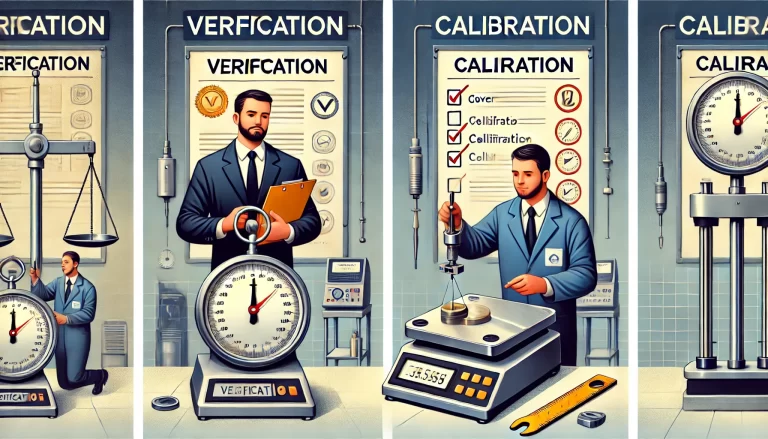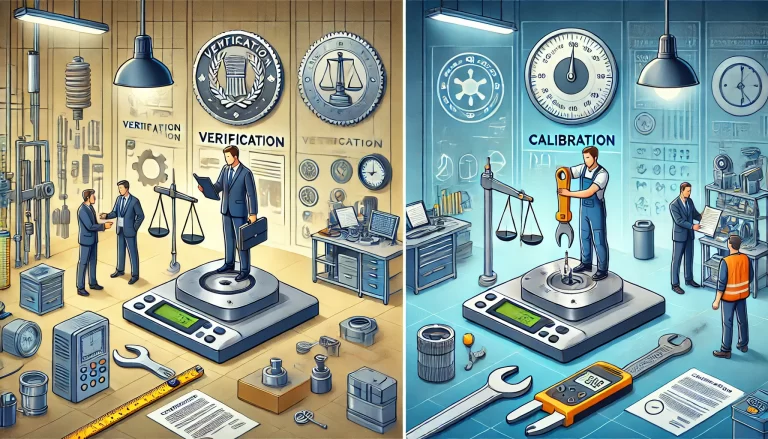Introduction
In the precise world of measurement, not every instrument requires a rigorous calibration process. Certain equipment can reliably operate without calibration under specific conditions. This article outlines the standards and criteria under which instruments, such as ultrasonic level meters, can forego calibration while maintaining reliable and accurate performance.
1. Purpose of Instrument Usage
Calibration requirements often depend on the purpose of the instrument. Auxiliary equipment, such as crushers or mixing devices, typically plays a supportive role in processes and does not directly influence critical measurements. Consequently, these devices may not require calibration.
For example, ultrasonic level meters, often used for liquid level monitoring, demonstrate high accuracy and stability. When employed in non-critical monitoring applications—such as providing continuous, real-time data for trends rather than absolute control—calibration may not be necessary.

2. Evaluation of Impact on Measurement Results
Another key criterion is the degree to which an instrument affects measurement results. If an instrument’s influence is minimal, calibration might be unnecessary. For instance, temperature sensors used to monitor ambient conditions in lubrication testing scenarios may not significantly affect the outcome of viscosity tests. Similarly, ultrasonic level meters exhibit high resilience to environmental variations, ensuring that measurement accuracy remains unaffected even when calibration is not performed. In applications where environmental fluctuations have negligible effects on the instrument’s performance, periodic calibration can be omitted.
3. Contribution to Measurement Uncertainty
Calibration can also be waived if an instrument’s contribution to the overall measurement uncertainty is negligible. A widely accepted threshold is that if an instrument’s calibration accounts for less than 10% of total uncertainty, the calibration step can be skipped. For example, the inherent design and operational principles of ultrasonic level meters often result in uncertainty contributions well below this threshold. As such, in many scenarios, these devices can provide reliable data without the need for calibration.
4. Identification of Direct Measurement Instruments
Instruments designed for direct observation rather than precision measurement generally do not require calibration. Examples include magnifying lenses in laboratories or simple mechanical indicators. Ultrasonic level meters, despite their advanced functionality, can sometimes be categorized similarly in non-critical applications where their real-time and highly accurate data are sufficient without calibration.

International Standards and Guidelines
According to ISO/IEC 17025:2017, clause 6.4.6, calibration is mandatory under the following conditions:
When the precision or uncertainty of measurement directly impacts the validity of reported results.
When calibration is necessary to establish the metrological traceability of reported results.
Ultrasonic level meters are designed to minimize uncertainty and ensure accuracy, even in uncalibrated states, under controlled conditions. Additionally, these instruments support the establishment of traceability, allowing calibration to be performed only when deemed necessary.
Recent Recommendations
Updated guidelines suggest that all equipment potentially impacting test data and results—including instruments, software, standards, reference materials, reagents, consumables, and auxiliary devices—should be verified, inspected, or calibrated before initial use and periodically thereafter. However, the high precision and stability of ultrasonic level meters often enable them to provide reliable long-term performance without frequent calibration, depending on the specific application and operational environment.

Conclusion
Exempting instrumentation from calibration is not a universal decision but rather a context-specific determination based on usage, impact, uncertainty contribution, and international standards. While advanced devices such as ultrasonic level meters may often qualify for such exemptions, it is critical to evaluate each case individually, considering both the instrument’s performance and its role in the measurement process. By adhering to these principles, organizations can optimize resource allocation without compromising measurement reliability.
